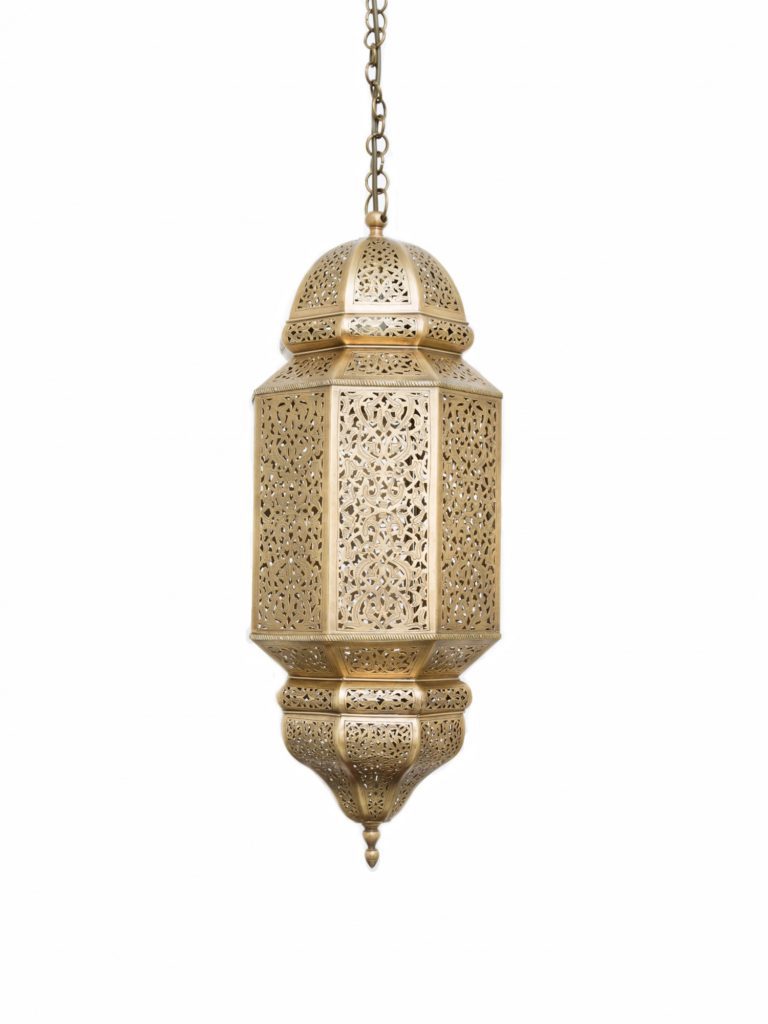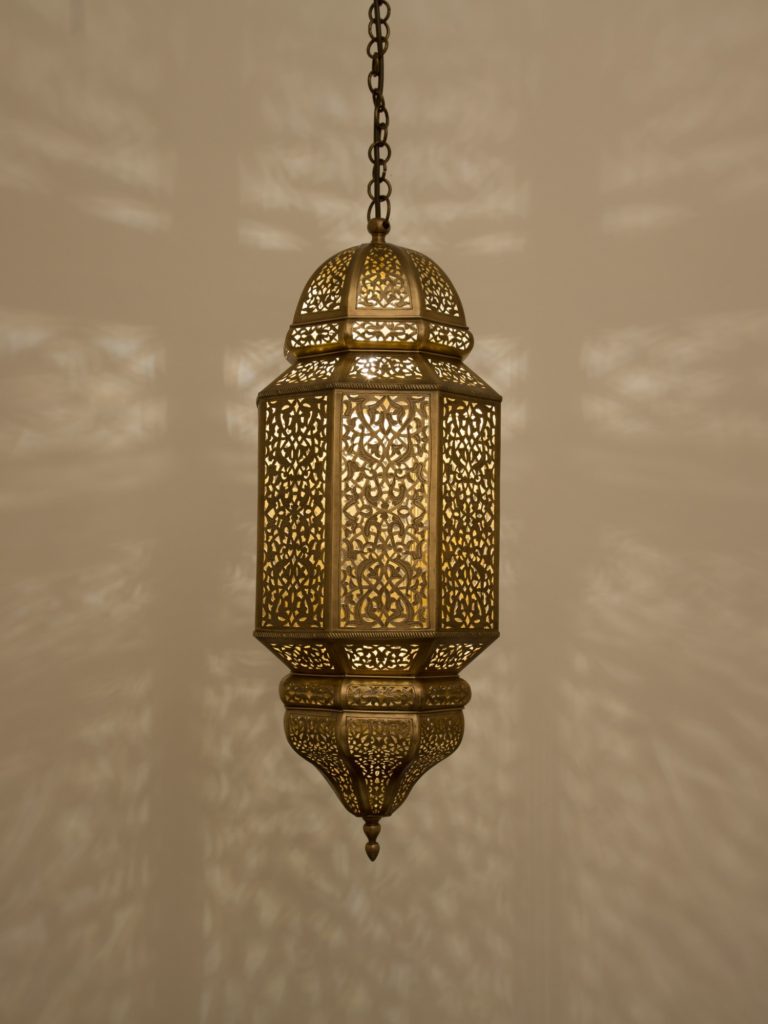Uncategorized
Illuminating Moroccan Elegance: Exploring the Enchanting World of New Moroccan Lamps

Morocco, a country rich in vibrant colors, intricate patterns, and cultural diversity, has long captivated the world with its unique aesthetic charm. One of the hallmarks of Moroccan design is its captivating lamps, which have become iconic symbols of the country’s craftsmanship and artistic heritage. In recent years, a new wave of Moroccan lamps has emerged, blending traditional techniques with modern sensibilities to create breathtaking lighting fixtures that bring an exotic touch to contemporary interiors.
This article delves into the enchanting world of these new Moroccan lamps, exploring their intricate designs, materials, and the cultural significance they hold. From mesmerizing metalwork to delicate glasswork, these lamps are a testament to the skill and creativity of Moroccan artisans, while also serving as stunning focal points that infuse any space with warmth and elegance.
The Legacy of Moroccan Lamps :
Moroccan lamps have a rich historical and cultural legacy that dates back centuries. Traditional Moroccan lamps, such as the famous Moroccan lanterns, were originally crafted by skilled artisans using materials like brass, copper, and colored glass. These lamps were not just sources of light but also pieces of art that reflected the cultural motifs and design traditions of Morocco.
The Evolution of Moroccan Lamps :
Over time, Moroccan lamps have evolved to incorporate contemporary design elements, catering to the changing tastes and preferences of modern consumers. Today, a new generation of Moroccan lamps has emerged, characterized by innovative designs and a fusion of traditional and contemporary influences.
Design and Materials :
The new Moroccan lamps showcase a wide range of designs, each with its own distinct charm. Some lamps feature intricate geometric patterns that create mesmerizing plays of light and shadow when illuminated. Others embrace more organic shapes, taking inspiration from nature and Moroccan architectural elements such as arches and domes.
In terms of materials, Moroccan lamps continue to utilize metals like brass and copper, but with a contemporary twist. Artisans now experiment with different finishes, including polished, brushed, and oxidized surfaces, adding depth and character to the lamps. Additionally, newer materials like stainless steel and aluminum are being incorporated, providing a more modern aesthetic.
Glasswork also plays a significant role in the creation of Moroccan lamps. Skilled glass artisans employ techniques such as etching, cutting, and staining to create intricate patterns and designs on the lampshades. The use of colored glass adds a vibrant touch, casting a warm and inviting glow when the lamps are lit.
Cultural Significance and Symbolism :
Moroccan lamps have a deep-rooted cultural significance and are imbued with symbolism. In Moroccan culture, lighting is considered essential for creating a welcoming and cozy atmosphere. The soft, diffused light that emanates from these lamps creates a sense of warmth and tranquility, inviting relaxation and conversation.
Furthermore, Moroccan lamps are often associated with spirituality and religious customs. They are commonly used during religious ceremonies and festivals, where their presence enhances the ambiance and sets a reverent mood.
Incorporating Moroccan Lamps in Interior Design :
The allure of new Moroccan lamps extends beyond their cultural heritage. They have found a place in contemporary interior design, adding an exotic touch and a sense of refined elegance to various spaces. Moroccan lamps can be incorporated in different ways, depending on the desired effect.
In living areas, pendant Moroccan lamps make stunning focal points when hung above dining tables or in entryways. Their intricate designs and warm glow create an inviting atmosphere. Floor lamps with Moroccan-inspired motifs can also serve as beautiful accent pieces in living rooms or bedrooms, providing both functional and decorative lighting.
For those seeking a more subtle touch, table lamps or scon

